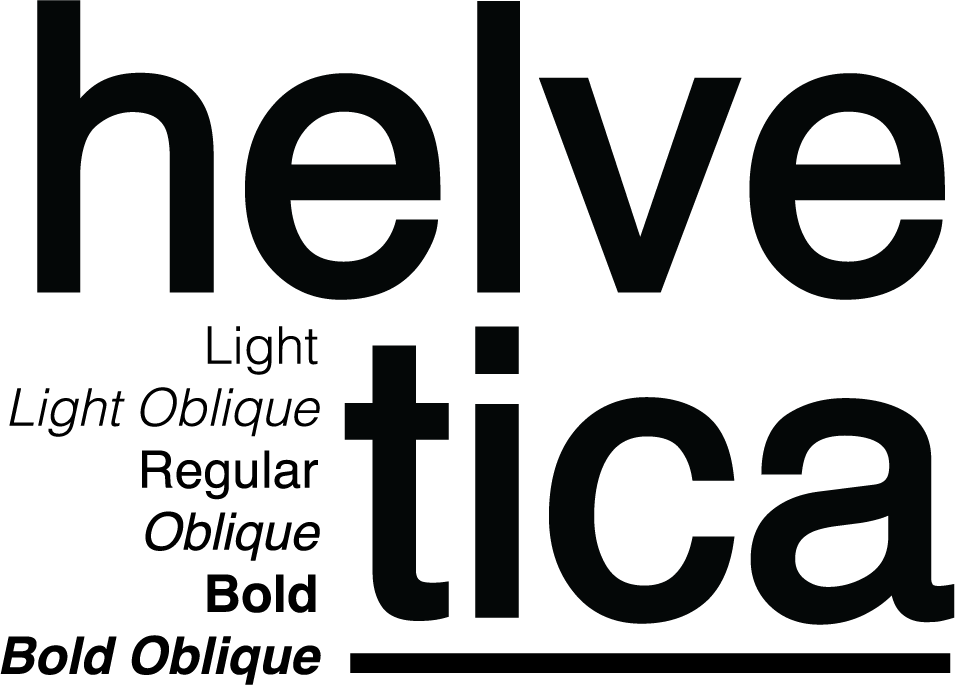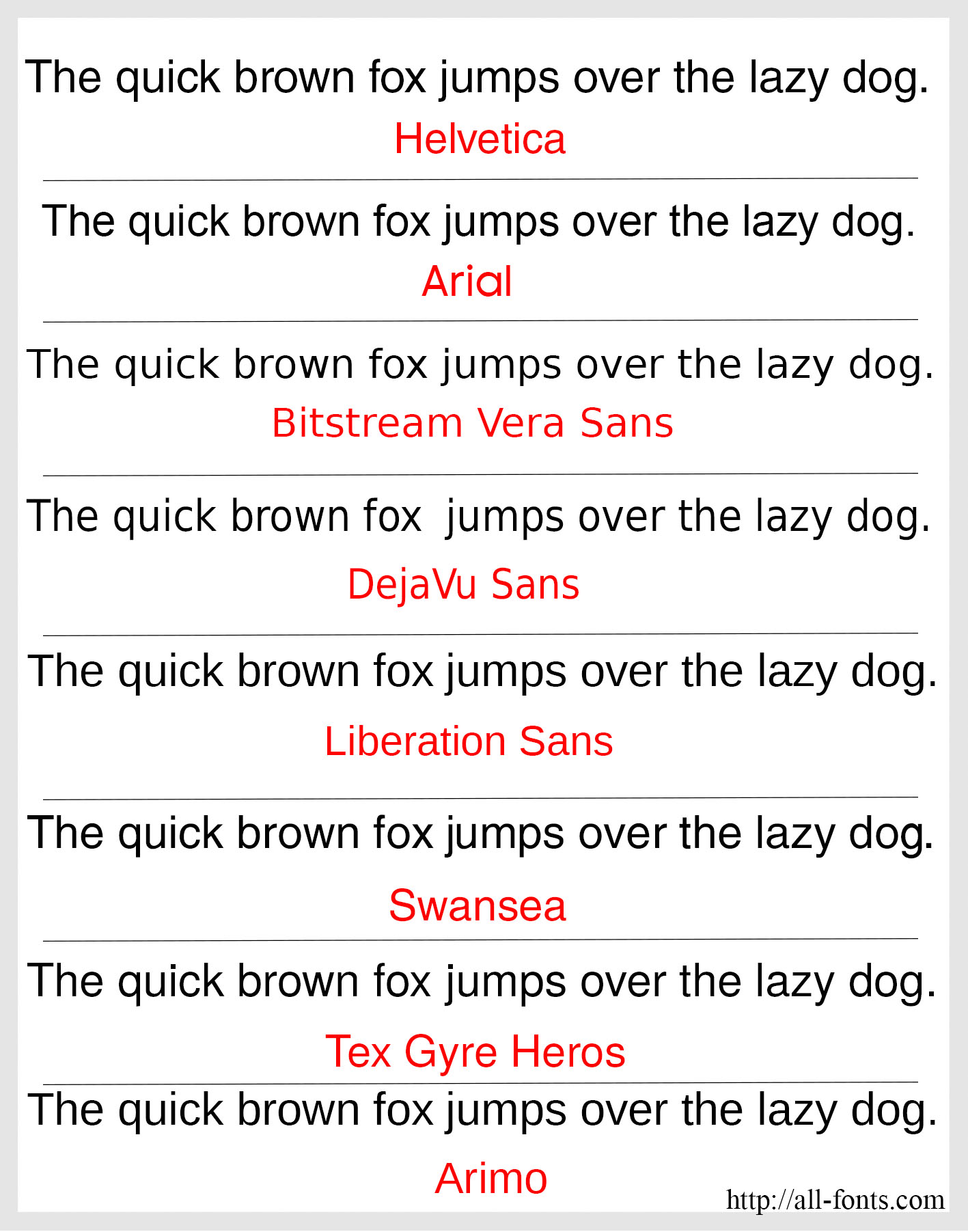

- #ATTRIBUTES ASSOCIATED WITH HELVETICA TYPEFACE FAMILY HOW TO#
- #ATTRIBUTES ASSOCIATED WITH HELVETICA TYPEFACE FAMILY PDF#
- #ATTRIBUTES ASSOCIATED WITH HELVETICA TYPEFACE FAMILY INSTALL#
Learn more about formatting your resume, CV, cover letter and more: My resume is now one page long, not three. One of our users, Nikos, had this to say: This inconvenient step has been removed and in addition to that, FOP supports auto-registration of fonts, i.e.Sample resume made with our builder- See more resume examples here. In earlier FOP versions, it was always necessary to create an XML font metrics file if you wanted to add a custom font. Details in this case can be found on the page about output formats. Other renderers (like AFP) support other font formats.
#ATTRIBUTES ASSOCIATED WITH HELVETICA TYPEFACE FAMILY HOW TO#
This section shows how to add Type 1, TrueType (TTF) and OpenType (OTF) fonts to the PDF, PostScript and Java2D-based renderers. Support for custom fonts is highly output format dependent (see above table).
#ATTRIBUTES ASSOCIATED WITH HELVETICA TYPEFACE FAMILY PDF#
Please note that this is not true for output formats, such as PDF or PostScript, that only support custom fonts.
#ATTRIBUTES ASSOCIATED WITH HELVETICA TYPEFACE FAMILY INSTALL#
When working with renderers that supports system fonts (see above table) and you're missing a font, you can just install it in your operating system and it should be available for these renderers. Through operating system registration, the AWT subsystem knows what fonts are available on the system, and the font metrics for each one. Support for system fonts relies on the Java AWT subsystem for font metric information. This glyph substitution is only a last resort. A better way is to use a font that has all the necessary glyphs. But there's no guarantee that the result will be as expected (for example, in the case of hyphens and similar glyphs). This registry can supply alternative glyphs in some cases (like using space when a no-break space is requested). Before it does that, it consults a (currently hard-coded) registry of glyph substitution groups (see Glyphs.java in Apache XML Graphics Commons). If no glyph can be found for a given character, FOP will issue a warning and use the glpyh for "#" (if available) instead. Missing GlyphsĮvery font contains a particular set of glyphs. "any" is internally mapped to the Base-14 font "Times" (see above).

When FOP does not have a specific font at its disposal (because it's not installed in the operating system or set up in FOP's configuration), the font is replaced with "any". If you need to make sure that there are no such substitutions, you need to specify an explicit font and embed it in the target document. Other document viewers may do similar font substitutions.

GhostScript replaces "Helvetica" with "Nimbus Sans L" and "Times" with "Nimbus Roman No9 L". Please note that recent versions of Adobe Acrobat Reader replace "Helvetica" with "Arial" and "Times" with "Times New Roman" internally. Times, Times Roman, Times-Roman, serif, any The following font family names are hard-coded into FOP for the Base-14 font set: Base-14 font The Adobe PostScript and PDF Specification specify a set of 14 fonts that must be available to every PostScript interpreter and PDF reader: Helvetica (normal, bold, italic, bold italic), Times (normal, bold, italic, bold italic), Courier (normal, bold, italic, bold italic), Symbol and ZapfDingbats. Note that Java2D based renderers (Java2D, AWT, Print, TIFF, PNG) support both system (AWT/OS) and custom fonts. The following table summarizes the font capabilities of the various Apache™ FOP renderers: Renderer Hope to see you there! ApacheCon Europe ¶ Search Apache XML Graphics ¶ ApacheCon N.


 0 kommentar(er)
0 kommentar(er)
